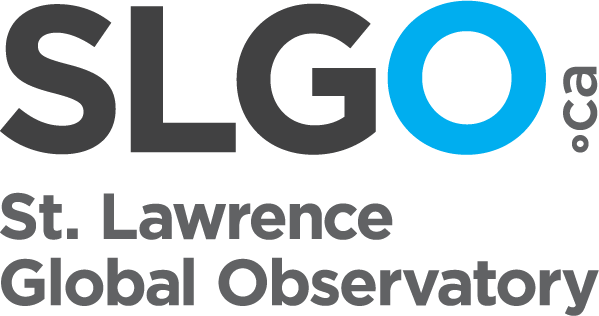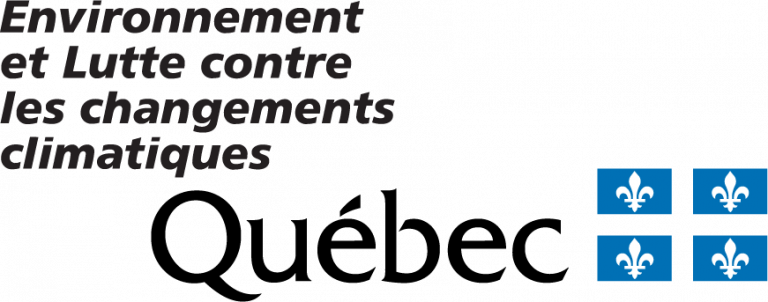As part of measure 2.6 of the 2013-2020 Action Plan on climate change, the MELCC funded two projects specific to the fluvial section of the St. Lawrence and aimed at supporting municipalities facing erosion and flooding hazards.
The team of the Laboratory of Marine Geosciences of the Department of Geography of Laval University has set up an essential geospatial information base for the assessment of the risks linked to the erosion of the banks of the Saint Lawrence river section. The user will be able to find there (i) the mapping of the classification of the shore (types of bank and their artificialization), (ii) the conditions of degradation of the artificial structures and (iii) the state of erosion of the natural segments or artificialized. The sectors most vulnerable to erosion have also been mapped and documented by pictorial quality sheets. These sheets show the characteristics of the shore and the main geomorphological natural (currents, ice, etc.) and human processes (beating, management of water levels) associated with bank erosion for these sensitive areas, in order to better represent local dynamics. Geospatial data associated with riverbank mapping, qualitative sheets and the project report, which includes a description of the methodology and results, are available for download.
The second project is led by Ouranos and aims to reduce the vulnerability to floods and erosion associated with climate change for communities bordering the fluvial section of the St. Lawrence. The user will be able to consult two reports arising from this project :
a. Technical report on the future trends of the main hydro-climatic factors that influence the natural risks of flooding and bank erosion processes along the fluvial section of the St. Lawrence. The objectives of this report are to paint a portrait of these hazards, covering both the recent past and future projections (2050 and 2080). These factors range from large-scale phenomena, such as the spring flood of the St. Lawrence River or sea level enhancement, to local phenomena such as freeze-thaw processes that affect cliffs and clay micro-cliff.
b. Summary of the needs mentioned by the stakeholders responsible for regional consultation (TCR) in order to adapt local communities to the risks of bank erosion and flooding. This report presents a portrait of the participants of the four workshops organized in the fall of 2018, the approach used for the consultation and a summary of the needs expressed. The lists of participants and the detailed reports of each workshop are also attached to this document. The TCRs consulted during these workshops are those of Haut-Saint-Laurent - Grand-Montréal, Lac Saint-Pierre, the river estuary and the TCR of Quebec.


